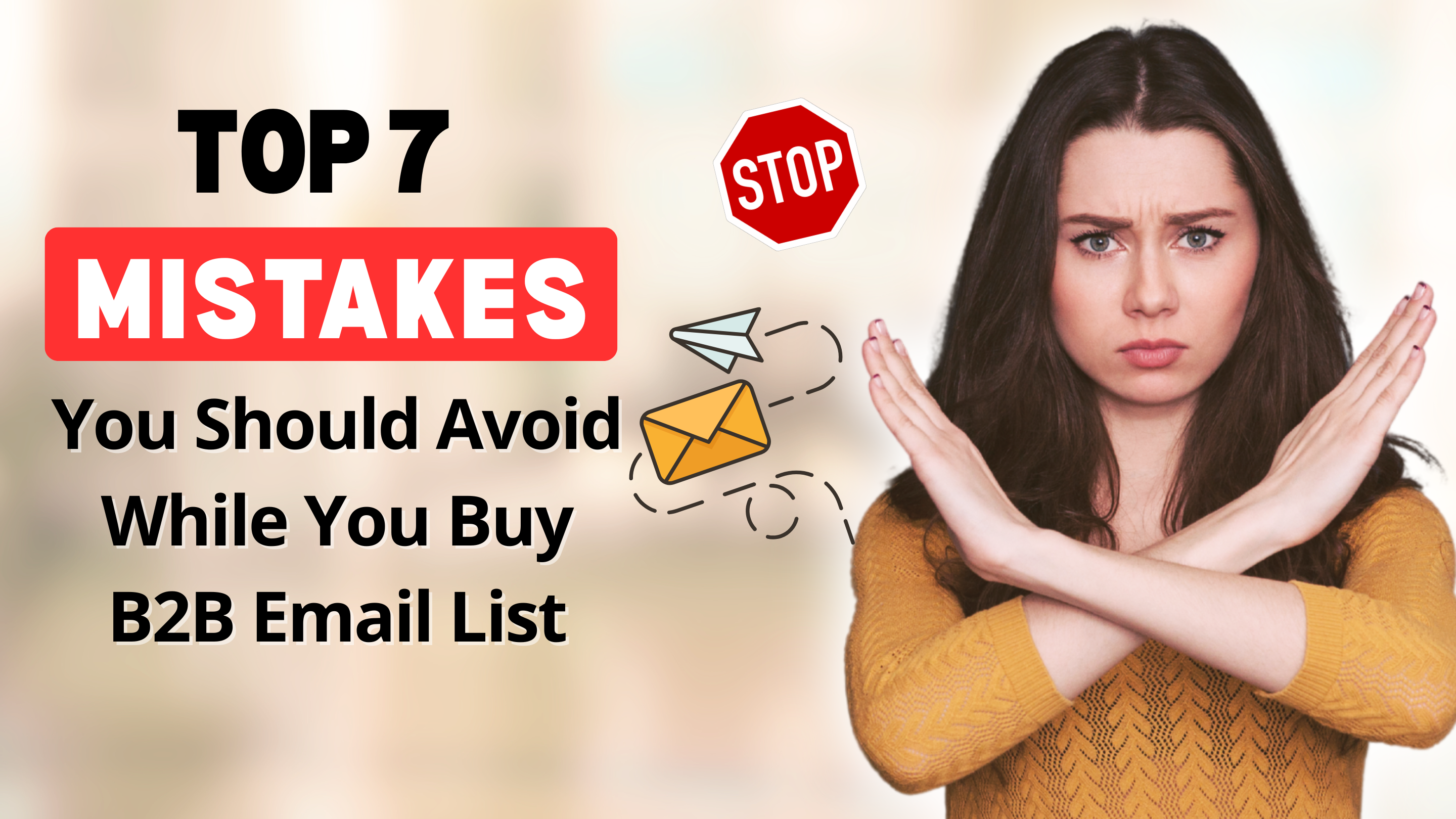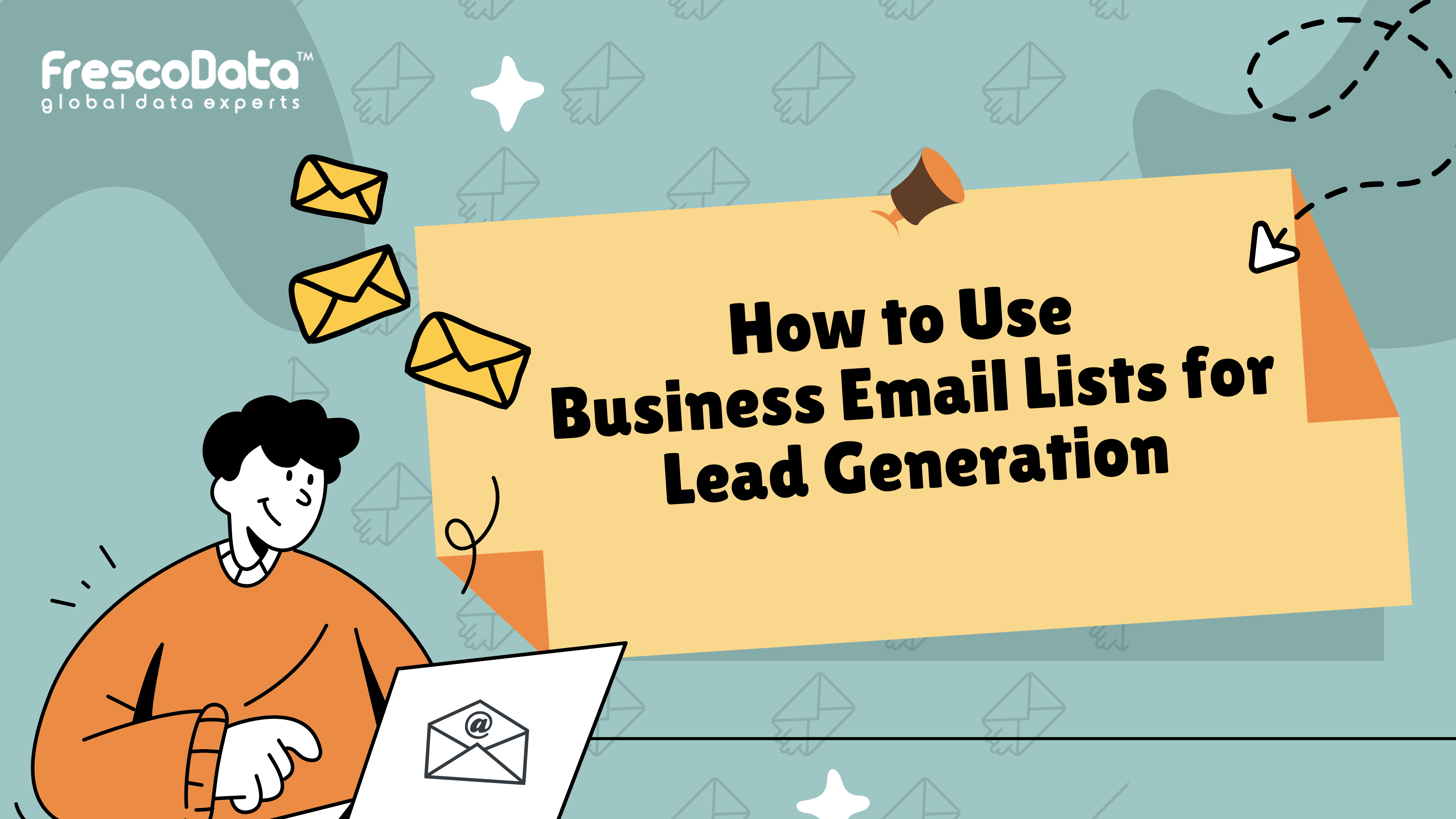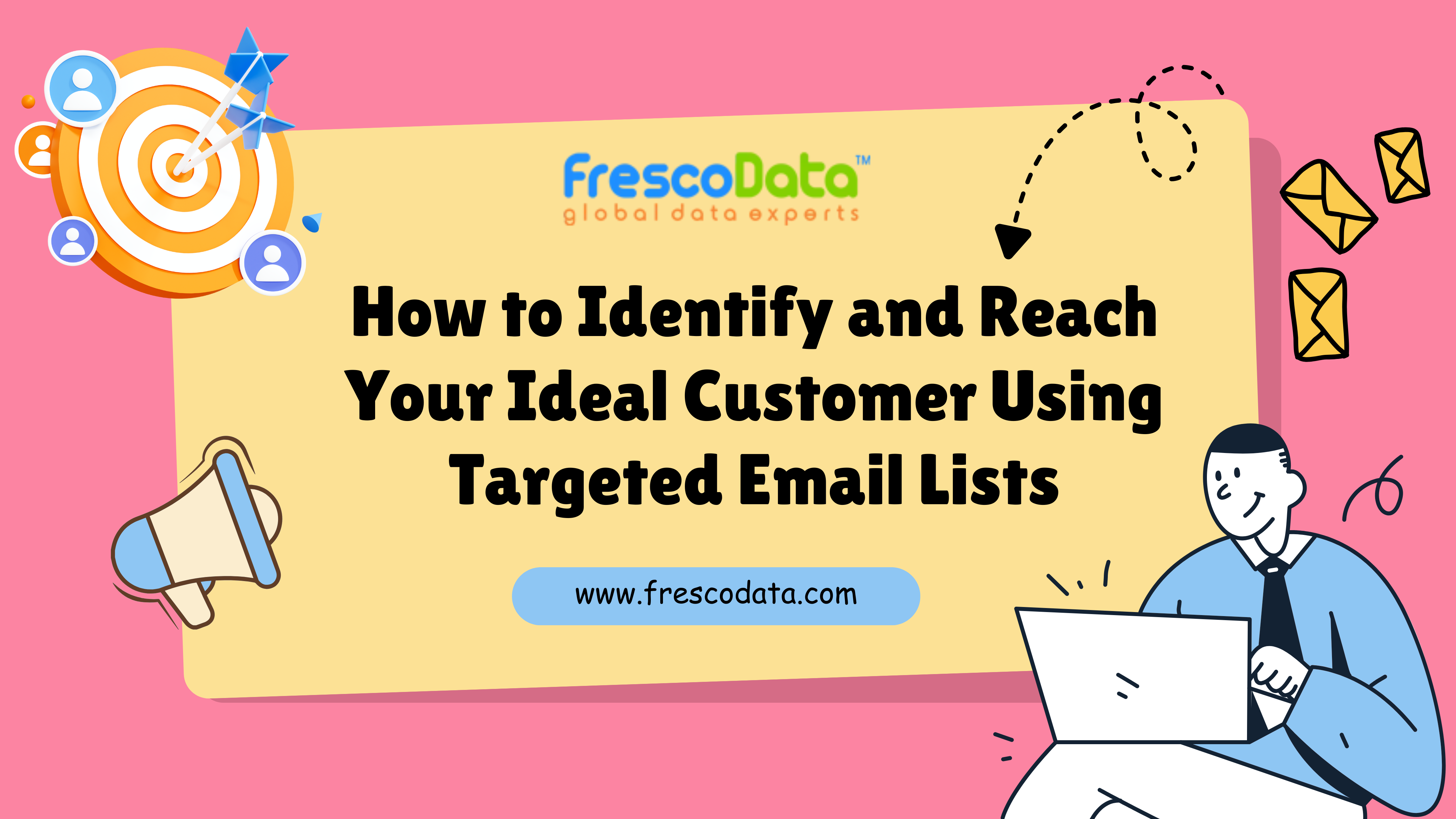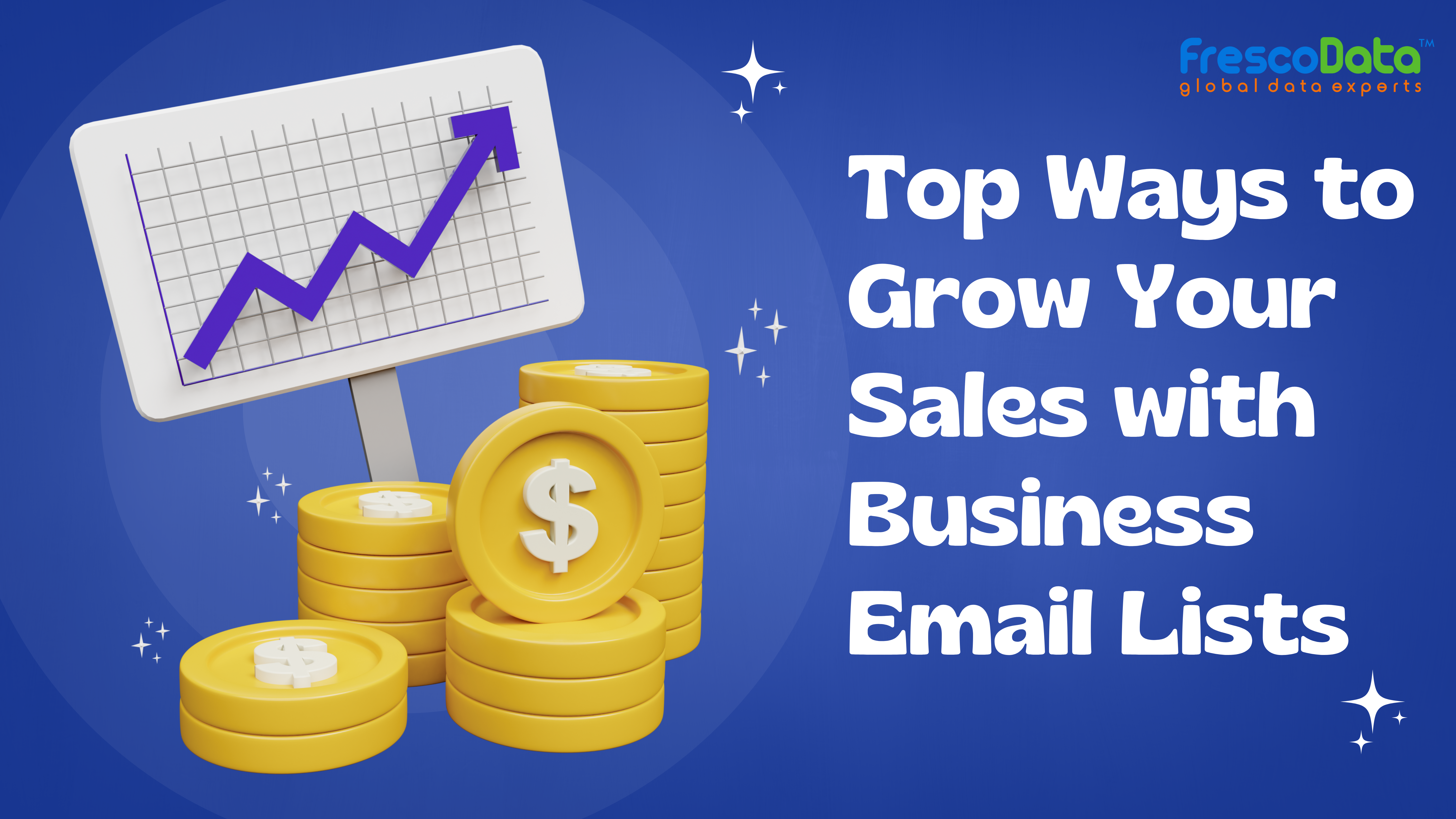Top 7 Mistakes You Should Avoid While You Buy B2B Email List

Strong 8k brings an ultra-HD IPTV experience to your living room and your pocket.
Buying a B2B email list might seem like a smart shortcut to reach potential leads and speed up your sales process. I’ve seen businesses try it in a hurry, hoping to fill their pipeline fast, only to waste money, damage their sender reputation, or even violate email compliance laws. If done wrong, buying a list can backfire.
We get it—you have less time, goals are ambitious, and leads are needed to reach your target. But in spite of all that urgency, buying unthinkingly or making hasty decisions can cost more than you think. It’s not just about finding names and emails. It’s about making sure the data you buy actually helps your business grow. When you decide to buy B2B email list resources, you need to be informed, selective, and strategic.
So before you hit “purchase,” make sure you’re not falling into these common mistakes that others often make.
1. Focusing Only on Price Instead of Data Quality
It’s tempting to look for the cheapest option. I’ve seen companies choose a low-cost provider offering tens of thousands of contacts for under $100. It might sound like a good deal at first, but what often follows is disappointment—high bounce rates, outdated contact info, and generic leads who have no relevance to your product.
Cheap data usually means low accuracy. According to a recent report, email lists can decay at a rate of 22.5% per year, meaning one in five contacts may already be invalid. So if you're offered a massive list for a bargain price, chances are you're paying for names that won’t get you anywhere.
Quality should always come before quantity. A smaller list filled with accurate, relevant contacts is worth more than thousands of emails that never get opened.
2. Ignoring Compliance with Data Privacy Laws
This is something too many businesses overlook. When you buy B2B email data, you’re not just getting a list of emails—you’re getting a list of people, and their data must be handled responsibly. There are rules in place, like GDPR in Europe and CAN-SPAM in the U.S., that protect people from unsolicited communication.
Sending emails to contacts who haven’t given consent can land your business in hot water. Some companies don’t think about this until they receive complaints or, worse, legal notices.
A reliable B2B email list provider should be transparent about how their data is sourced. If they can’t tell you whether the contacts are opt-in, it’s a red flag. You’re better off walking away than risking fines or damage to your brand's credibility.
3. Buying Without Clearly Defining Your Target Audience
One of the biggest mistakes is buying a generic list without knowing exactly who you want to reach. Businesses often get excited by the idea of thousands of contacts but forget to ask the key question: Are these the right people?
If you’re selling software for logistics teams, there’s no value in having contacts from hospitality or finance. That’s why you need to think industry-first. When you buy industry-specific email lists, you increase the chances that your message lands with someone who actually cares.
Without proper targeting, open rates stay low, reply rates barely move, and sales teams end up wasting time. Knowing your audience, down to job roles, company size, and location, helps make sure your investment leads to conversations that count.
4. Trusting Vendors Without Doing Background Checks
Not all vendors are created equal. Some present polished websites and make big promises, but the data they provide is outdated or scraped from unreliable sources. Others resell the same database to hundreds of companies, which means your prospects are already exhausted from similar outreach.
According to HubSpot, 16% of marketers don’t know where their list vendors sourced the data, which is a major risk.
Before you buy B2B email marketing list contacts, ask questions. How do they collect their data? How often is it updated? Is it sold exclusively or to multiple buyers?
Businesses that do their homework end up with better results. We’ve worked with clients who saw a 35% jump in response rates simply by switching to a provider that offered verified, fresh contacts updated within the last 60 days. That kind of difference can completely shift your campaign performance.
5. Assuming the Data Is Always Fresh and Verified
Outdated contacts are a major issue. People change jobs, switch roles, and companies close down. If your list isn’t verified and current, your bounce rate will spike, and that puts your sender reputation at risk.
If your bounce rate crosses 5%, email platforms can flag your domain. Once your domain gets blocked, your team’s emails might stop reaching inboxes altogether. That’s a setback no team wants.
When you buy B2B contact database records, insist on verification. Ask for proof of data accuracy and when it was last updated. Some providers offer real-time verification, which can be the difference between successful outreach and a wasted send.
6. Sending the Same Email to Everyone
Even with a good list, sending one email to everyone doesn’t work. Buyers are smart. They can tell when a message is mass-produced. It feels robotic, and it gets ignored.
When businesses take the time to segment their data and tailor their messaging, results follow. One of our clients split their outreach by job title—marketing directors received a different email than sales managers. Their open rate went from 18% to 42%. That’s not just numbers—it’s real people responding to messages that felt relevant.
So, once you’ve secured targeted B2B email leads, don’t waste them with lazy copy. Speak to their role. Address their problems. That’s how real conversations begin.
7. Giving Up Too Early After One Campaign
This one might be the most common mistake of all. A company buys a list, sends one email, gets little response, and decides the list was useless. But B2B communication doesn’t work that way. People need time. Some might miss the first email. Others might open it but wait before responding.
The key is follow-up. Not spammy or aggressive, but thoughtful, well-timed messages. Three to four touchpoints often lead to the first response. Patience and consistency are what set successful email campaigns apart.
When you decide to buy B2B email list contacts, you're not buying instant results—you’re buying opportunities to build a pipeline. The more consistent and focused your approach, the better your results will be.
Conclusion
Buying a B2B email list can be a smart move if done right. But too many businesses rush into it, chasing shortcuts that only slow them down. Whether it’s choosing the wrong provider, ignoring data privacy laws, or sending out unpersonalized emails, each mistake cuts into the value you hoped to get.
To make the most of it, work with a trusted B2B email list provider, focus on data quality over volume, and make sure the contacts you buy match your ideal customer. Personalize your outreach, follow up, and stay compliant with the rules.
Eventually, good data leads to good results—but only when it's backed by smart actions and real strategy.
Note: IndiBlogHub features both user-submitted and editorial content. We do not verify third-party contributions. Read our Disclaimer and Privacy Policyfor details.





